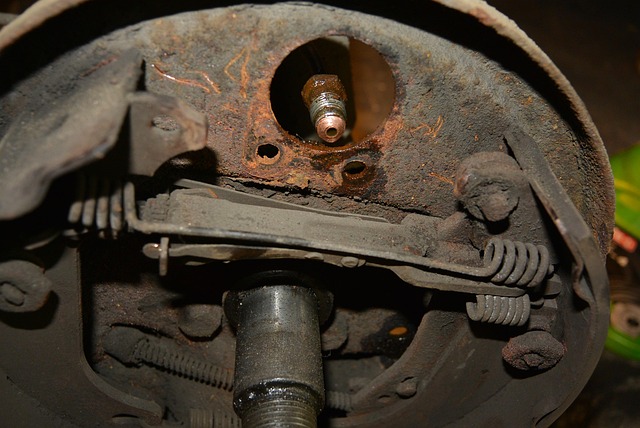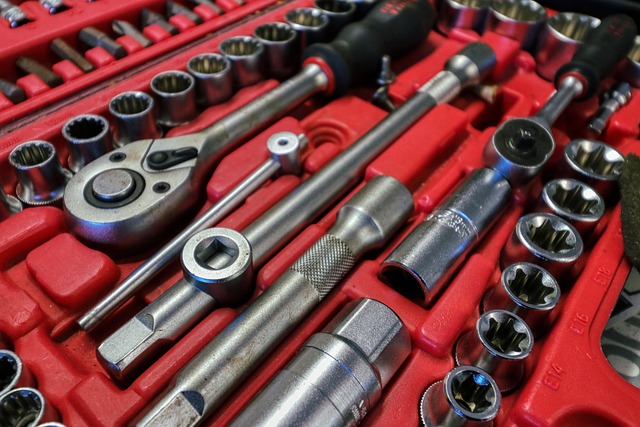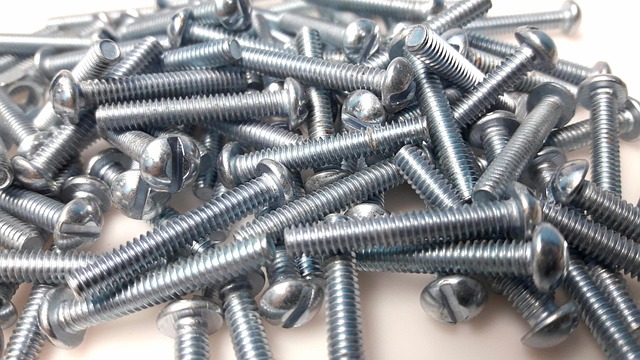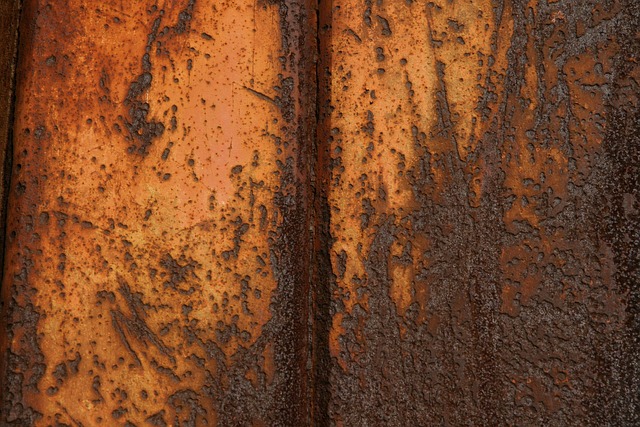Rust repair requires understanding its causes and types for effective treatment. Auto body, industrial, and DIY home methods cater to specific rust severity. Key preparation steps include cleaning and etching metal surfaces. Mechanical or chemical repairs address minor to extensive corrosion, while replacement is permanent but costlier. Select the best rust repair method based on damage extent, considering environmental impact for chemical treatments.
Rust can transform a sturdy structure into a fragile, unsightly mess. Understanding its causes – from moisture ingress to iron oxidation – is key to effective permanent rust repair. This guide delves into the world of rust repair techniques, equipping you with knowledge on surface preparation, choosing the right method (chemical, mechanical, or replacement), and ensuring long-lasting solutions for your select rust repairs.
- Understanding Rust: Causes and Types of Damage
- Prepping the Surface: Cleaning and Etching for Adhesion
- Choosing the Right Repair Method: Chemical, Mechanical, or Replacement
Understanding Rust: Causes and Types of Damage

Rust is a common issue that affects various materials, particularly metal, leading to significant structural damage if left unchecked. Understanding its causes and types is paramount when considering the best rust repair techniques. The corrosion process occurs due to a chemical reaction between iron or steel and oxygen, often facilitated by moisture or humidity. This can result in several forms of damage, from superficial pitting to severe penetration that weakens the material’s integrity.
For instance, auto body rust fix targets specific areas of corrosion on vehicles, while industrial strength rust inhibitors are designed for larger-scale metal structures exposed to harsh environments. Home rust removal tips can guide DIY enthusiasts in tackling minor issues. Recognizing these variations is key to selecting the appropriate rust repair method, whether it’s a professional solution or a temporary home remedy.
Prepping the Surface: Cleaning and Etching for Adhesion

Before tackling any permanent rust repair, preparing the surface is paramount. The first step involves a thorough cleaning process to remove loose rust and debris. This can be achieved through brushing, sandblasting, or using specialized chemical cleaners, ensuring all visible signs of rust are eliminated. Once cleaned, etching the surface comes next. Etching helps create microscopic textures on the metal, increasing its surface area and enhancing adhesion for any repair material you choose.
This crucial step prepares the metal to accept new coatings or fillings, guaranteeing long-term protection. For instance, selecting the right rust repair kit that includes an etcher can significantly impact the effectiveness of rust prevention strategies. By combining a clean, etched surface with appropriate long-term solutions to rust, home repairs for rust damage can be successfully and permanently addressed.
Choosing the Right Repair Method: Chemical, Mechanical, or Replacement

When selecting the right rust repair method, it’s crucial to consider the type and severity of corrosion on metal surfaces. For minor surface rust, mechanical methods like sanding or wire brushing can effectively remove rusted areas, preparing the surface for new coatings. This approach is ideal for projects where aesthetics are a priority and offers both speed and cost-effectiveness.
For more extensive rust damage or when structural integrity is at risk, chemical treatment or complete replacement might be necessary. Chemical rust removal solutions penetrate deep into corrosion, breaking down rust bonds and allowing for better adhesion of new materials. This method is excellent for treating rust on tools and hard-to-reach areas. However, it requires caution to avoid potential environmental impact and can be more costly than mechanical repairs. Replacing corroded parts with new ones is the most permanent solution but may not always be feasible or economical, especially for vintage or specialized equipment.
When it comes to permanent rust repair, understanding the issue is key. By identifying the type of rust and its underlying causes, you can choose the most effective method, whether that’s chemical, mechanical, or even replacement. Proper surface preparation through cleaning and etching ensures optimal adhesion for a lasting fix. With the right approach, selecting the best rust repair technique becomes a straightforward process, allowing you to restore your metal surfaces to their original condition effectively.
